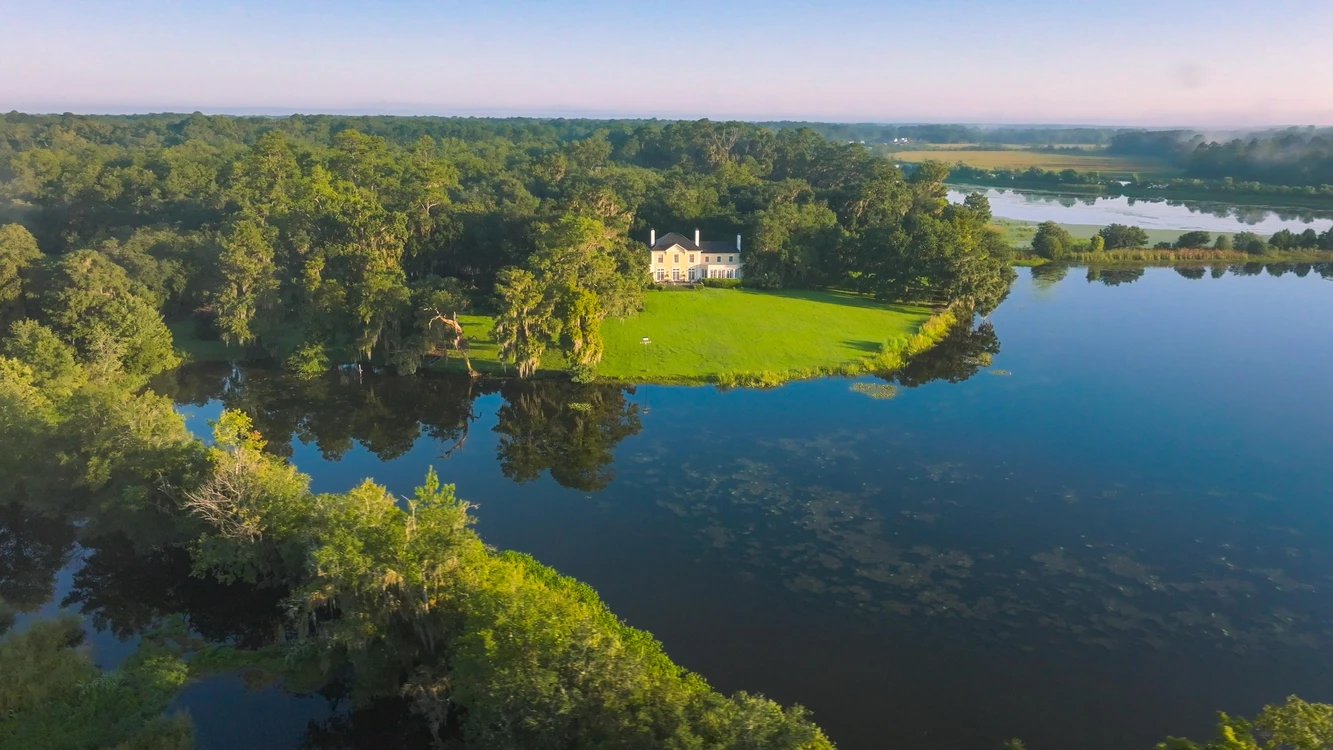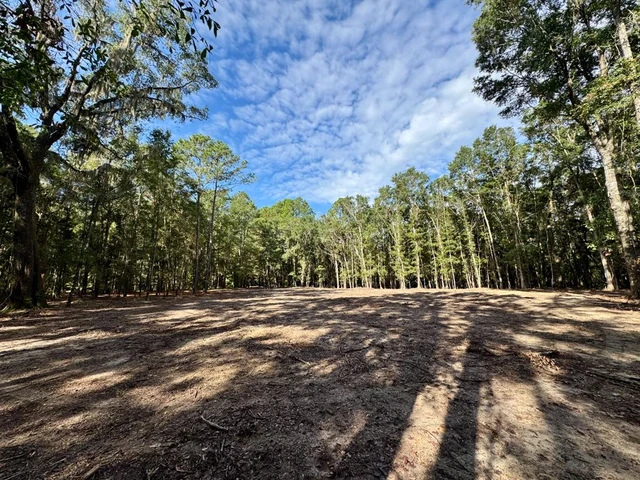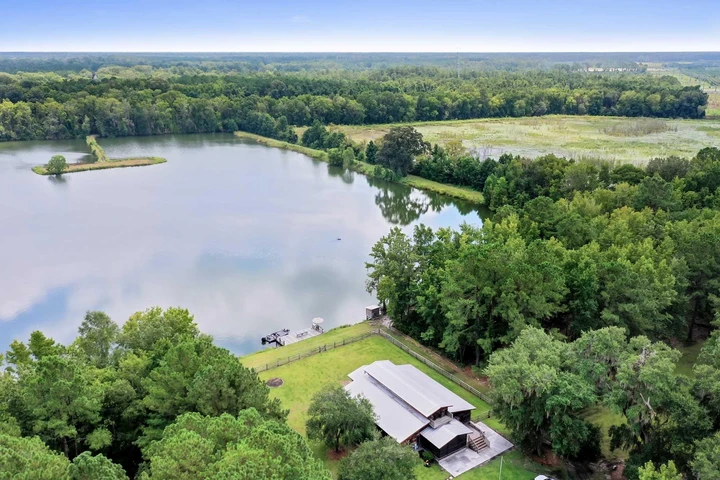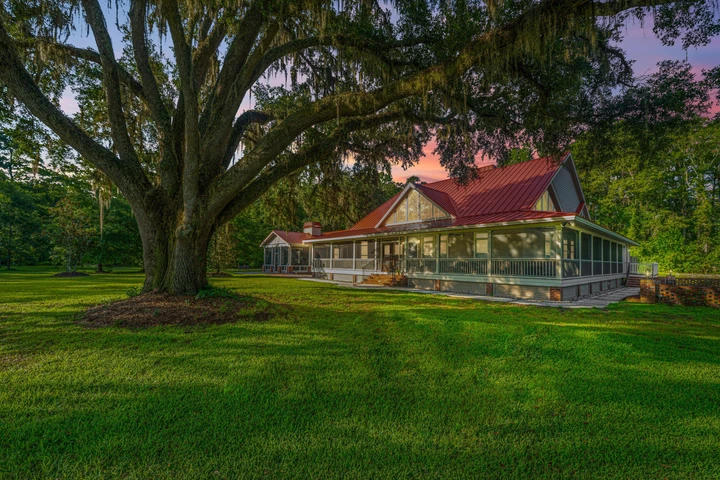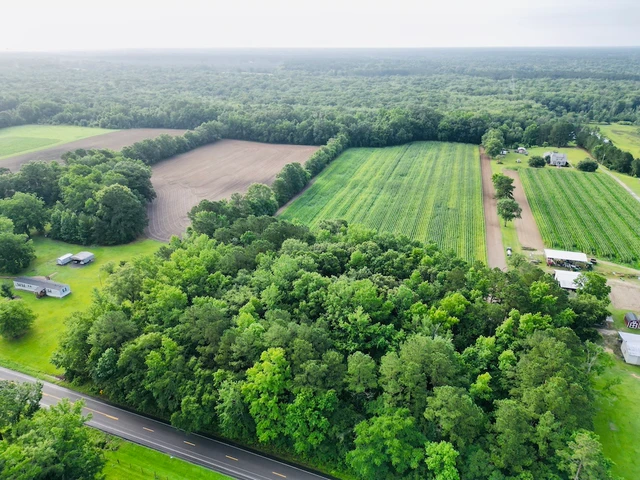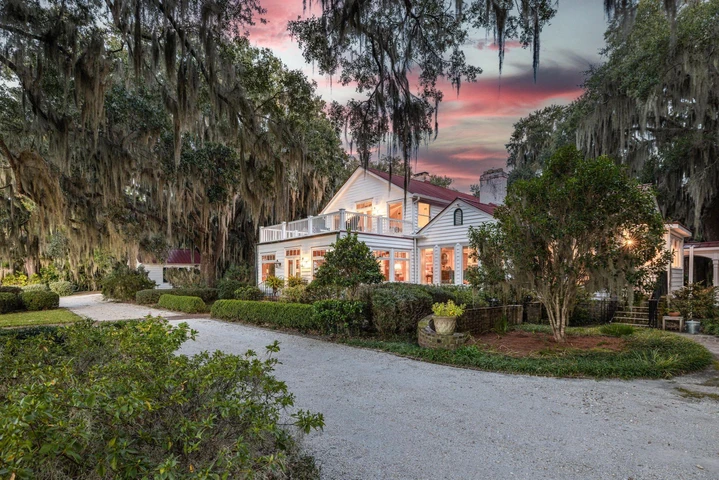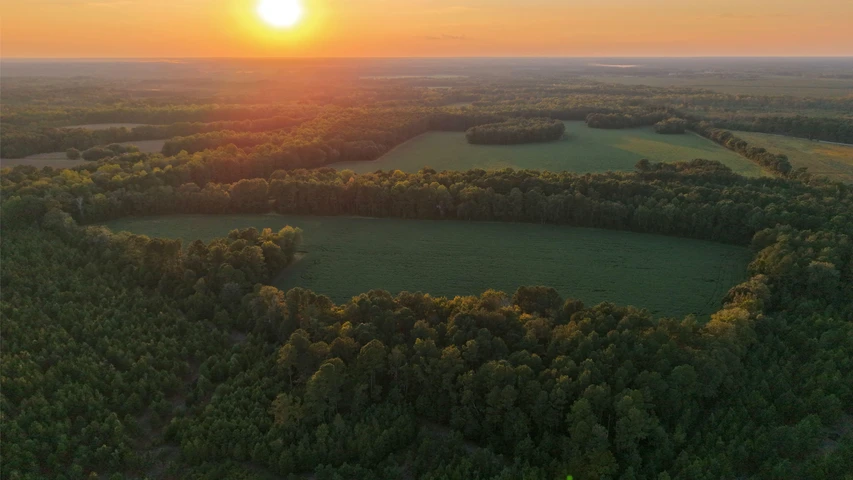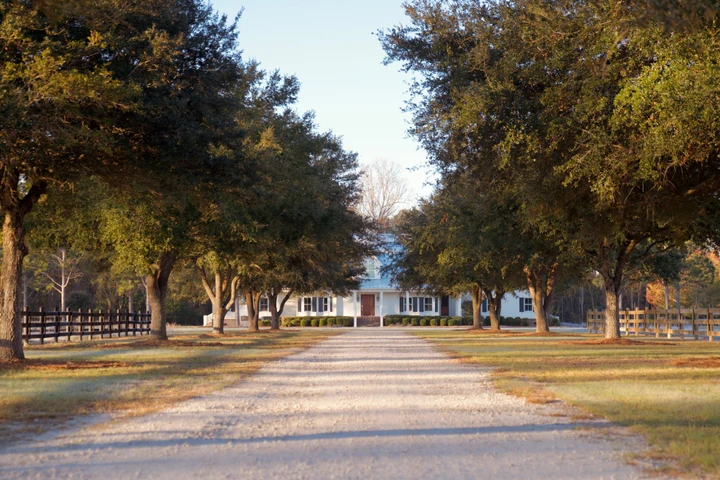
Historic ACE Basin Plantation For Sale | Private Duck Hunting Retreat
Poco Sabo Lane, Green Pond, SC | Lat/Lng: 32.7251, -80.5572
$22,500,000
1656 ac.
08/22/2025
ACTIVE
Description
Poco Sabo is a classic Lowcountry sporting plantation located in the heart of the renowned ACE Basin, one of the nations most successful conservation initiatives with more than 320,000 permanently protected acres surrounding the Ashepoo, Combahee and Edisto rivers.
Located 30 miles up the Ashepoo River from beautiful Saint Helena Sound and less than an hour from downtown Charleston, South Carolina Poco Sabo is part of a unique and distinguished community centered on sporting pursuits and anchored by a deep-rooted conservation ethic. Neighboring protected properties include Lavington Plantation, White Hall, Dawn Plantation, Bonnie Doone, Airy Hall, and the 8,048-acre publicly accessible Donnelly Wildlife Management Area. The conservation easement on Poco Sabo is held by the Lowcountry Land Trust. It provides for additional dwellings and reconfiguration, while protecting the overall integrity of the land and allowing uses typical of a Lowcountry plantation.
Perfectly sized at 1,656 acres, Poco Sabo boasts nearly three-fourths of a mile of frontage on the picturesque Ashepoo River and one and a half miles of frontage on Beef Creek. A network of more than 200 acres of tidal and inland impoundments is managed for waterfowl and hosts legions of migrating birds during the hunting season. Poco Sabos mature mixed hardwood and pine forests also harbor abundant deer, turkey and other wildlife.
Like many desirable Lowcountry plantation homes, the main house at Poco Sabo was constructed on a bluff, set back from any roads and carefully situated to take advantage of the prevailing breeze. The driveway leading to the residence passes through a grove of ancient live oak trees and is flanked by fenced horse pasture and a pecan orchard. The home is ideally positioned for sunrise views over an old rice impoundment, the vista extending out toward an unbroken ribbon of wetland, forest and sky. On the terrace, one can sit and enjoy the gentle westerly winds; or just steps away is the adjacent azalea garden, whose riotous bloom provides a burst of color every March and April.
Built in 1934 during the ownership of Silas Howland, the main house at Poco Sabo was designed by the Charleston-based architectural firm of Simons & Lapham, known for their restoration of historic homes in the area including Charlestons Rainbow Row and Dock Street Theater. Although Poco Sabos 18th century dwellings did not survive past the Civil War, it is believed that the current residence was inspired in some way by the original. After the home was built, future owners continued to use Simons & Lapham for enhancements to the house and ancillary buildings. Though originally intended as a humble hunting lodge, the house today stands as a grand structure at 6,227 square feet with four en suite bedrooms and two half baths. It is fortified with a standing seam metal roof and beaded shiplap cypress siding. Significant additions include an east and west wing, two sunrooms extending toward the house pond, and a handsome portico over the entrance.
Perhaps most importantly, Poco Sabo sets the stage for quintessential Lowcountry entertaining and hospitality. Beginning in the main house with its authentic cypress-paneled billiards room, expansive views from large windows and French doors, gracious formal dining room, intimate library, modern office and more, guests immediately feel a sense of history, comfort and home. Conveniently, there is a bedroom downstairs on the east wing and three en suite bedrooms upstairs. The west wing functions as an informal entrance, starting with the large mud room characterized by green-painted beadboard and red brick flooring. It is here that firearms are secured and every type of recreational equipment is stored. The mud room leads into a series of refreshment and utility rooms, then into the main kitchen and eventually into the main living area. Two delightful enhancements to the amenities at Poco Sabo were recently established: a brick fitness studio and a Hartley English greenhouse.
A lovely three-bedroom guest house and a two-bedroom cottage offer separate, stand-alone quarters for visitors. In addition, there is a managers house and a newly built one-bedroom cottage, overlooking a tidal pond on the Ashepoo River, which also serves as a private art studio.
The outbuildings at Poco Sabo provide ample space and function for all the necessary recreational and land management activities associated with a plantation. There is a multipurpose barn with six horse stalls, a tack room and a hay loft. The barn also has two walk-in coolers, a cleaning station with sink, several drive-in doors, a large workshop area, a fully equipped managers office, and an open concrete pad. Additionally, there is a large equipment lean-to, and a utility building with eight run-in dog kennels attached.
The name Poco Sabo is a fusion of two distinct cultures. In Spanish, it translates as little known. To the Native Americans who dwelled there, Poco Sabo means lost in the mists which rise over the river (p 5, Moore). Landgrave Edmund Bellinger, who coined the distinctive name, received the original land grant in 1702, and the property remained in the Bellinger family for almost 150 years. The tidal management infrastructure seen today at Poco Sabo harkens back to 18th century commercial rice cultivation:
Poco Sabo Plantations physical and cultural geography-indeed its raison detreare-bound up with the commercial cultivation of rice. Although rice is no longer grown there, the expansive system of dikes, trunks, causeways and impounds defines its character as much today as it did when the plantation was at the center of antebellum South Carolinas rice kingdom. Present-day stewardship of Poco Sabo and the ACE Basin includes the preservation of the heritage of rice culture
-Moore, A. (2005). Poco Sabo Plantation: A Place in Time.
Aside from the rice infrastructure, known remains from this historic period include a few preserved artifacts, tabby ruins, and a Landgrave cemetery garden. Prior to the Civil War, the Bellingers sold the property to a series of short-term owners who continued to grow rice up until the early 1900s.
Eventually, the property was acquired in 1910 by Sidney Boynton, who was the first known owner to value Poco Sabo primarily for its recreational attributes. Boynton was associated with the plantations next owner, Silas Howland, a New York attorney and avid sportsman, who built the house that stands today.
Soon after purchasing Poco Sabo, Howland died, and in 1939, the property was purchased by Samual Flagg, who made significant enhancements to the house. Several more owners followed, including Col. M. Robert Guggenheim (grandson of Meyer Guggenheim), Allen Spaulding (the first to use Poco Sabo as a primary residence), and Mr. and Mrs. H. Anthony Ittleson of New York. During their ownership between 1994 and the last sale in 2022, the Ittlesons added several ancillary buildings and provided decades of wise stewardship for this legacy property.
Poco Sabo has enjoyed decades of dedicated waterfowl and game management. Today, the plantation offers 140 acres of tidal rice fields and 70 acres of inland impoundments (all expertly maintained), with permits and potential to impound an additional 21 acres inland. Approximately 50 acres of tidal impoundments tucked away along Beef Creek are currently fenced and planted in corn. Greentree reservoirs may also be utilized as natural habitat for wood duck. The most popular species of waterfowl found at Poco Sabo are green-winged teal, wood duck, wigeon and gadwall.
The forest at Poco Sabo comprises old growth hardwoods with a mixture of loblolly, longleaf and shortleaf pine. Thinning could enhance the natural habitat for wildlife while also monetizing the propertys resources. Quality game management has been practiced on the property since its last sale and there are multiple food plots within. A large section of timber located across Bennetts Point Road has sandy soils and high elevation sufficient for pre-season quail release with potential to manage for wild coveys. Twelve acres of fields with faux power lines have been planted for the 2025-2026 dove season.
Lying in a freshwater zone of the Ashepoo River and containing several ponds, Poco Sabo enjoys exceptional access to bass, bream and catfish. As for boating, there is currently a landing on Beef Creek which can be used by smaller vessels. There is also the ability to construct a deepwater dock directly on the Ashepoo River.
Details
County: Colleton
Zipcode: 29446
Property Type One: Recreational Property
Property Type Two: Residential Property
Property Type Three: Hunting Land
Brokerage: Holcombe Fair & Lane
Brokerage Link: hflcharleston.com
Nearby Listings

